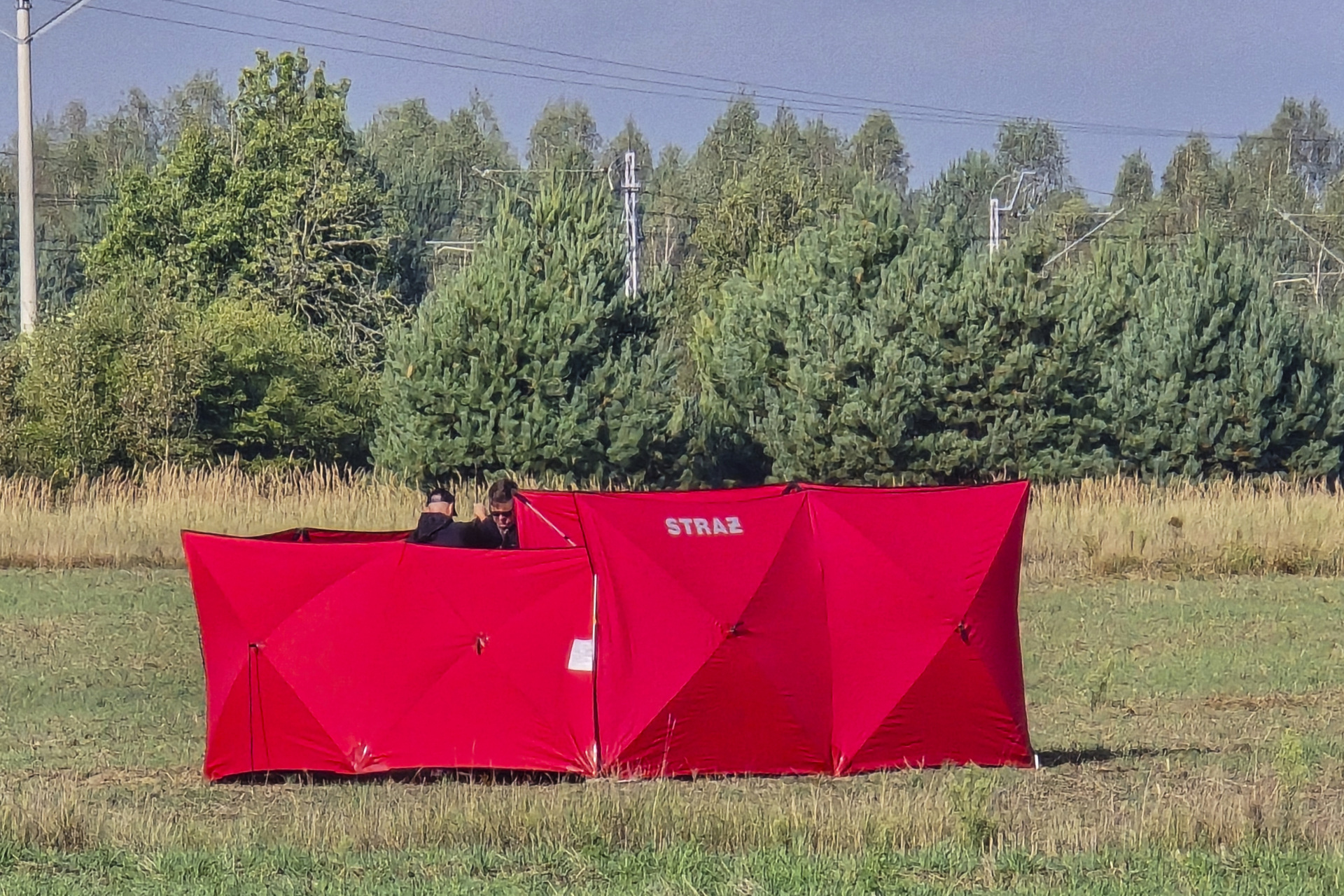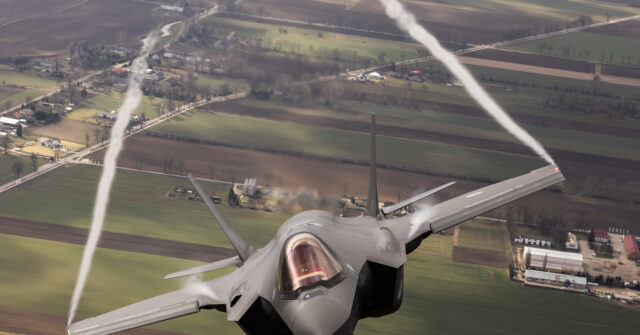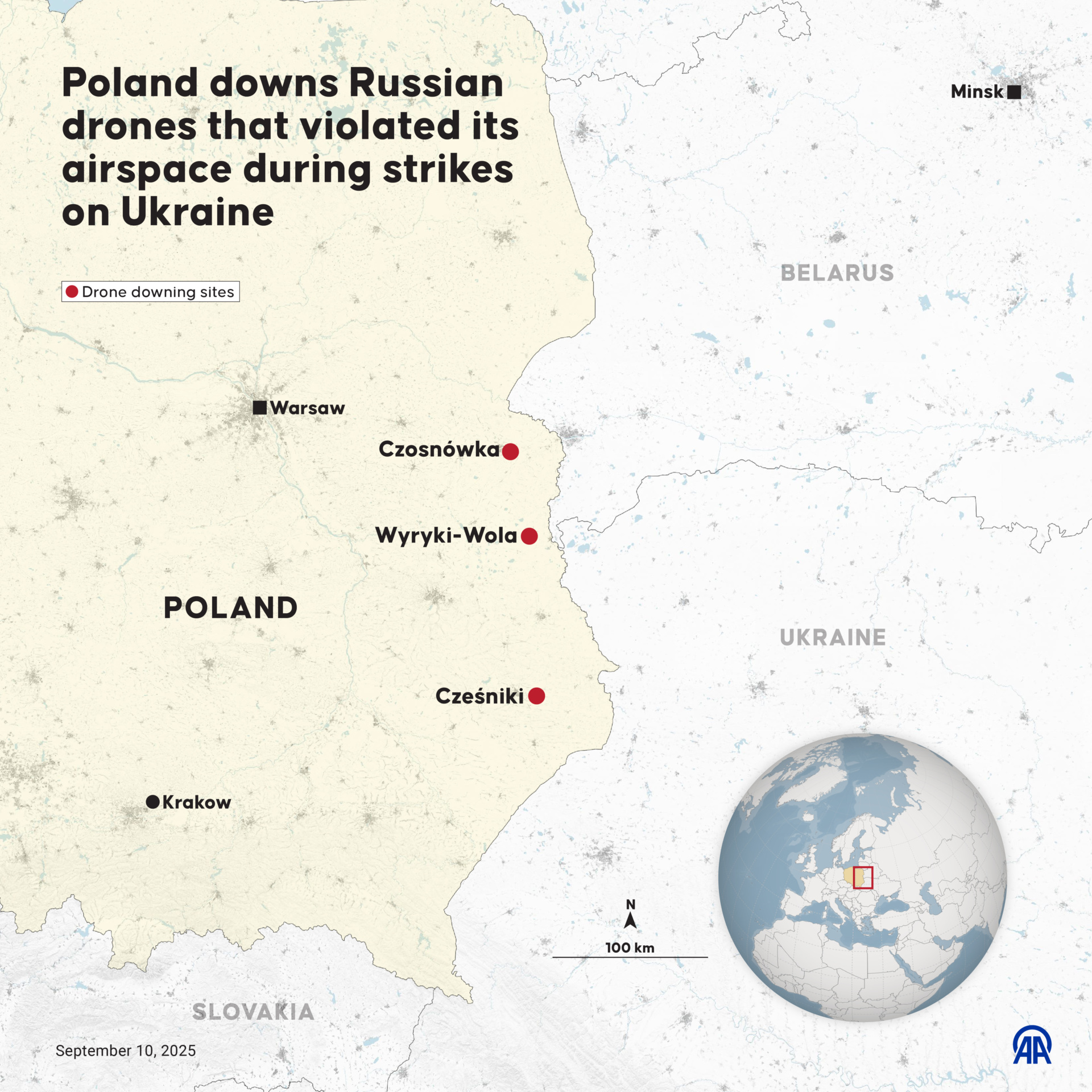NATO airspace was violated by a “huge number of Russian drones” overnight, the Prime Minister of Poland said, as he triggered NATO’s Article Four while the alliance’s militaries directly shot down Russian UAVs for the first time.
“Last night the Polish airspace was violated by a huge number of Russian drones”, Polish Prime Minister Donald Tusk said in an address to the nation’s Parliament on Wednesday morning, telling the assembly: “This is not our war. This is not just a war for Ukrainians. This is a confrontation that Russia has declared on the entire world”.
Tusk said three or four of the 19 drones which entered NATO airspace “posed a threat” and were shot down. It is stated that the others came down by other causes, including running out of fuel, and the Polish military is now searching for remains, and has asked the public to remain vigilant and to report and find wreckage immediately.
In some cases, the drones crossed into Polish airspace from Ukrainian airspace, with the Ukrainian Air Force stating that it had detected eight drones overflying its territory and heading towards Poland. Others flew directly into Poland from Russia’s lockstep ally Belarus, which lies to its north-east and occupies some historic Polish territory lost during the 20th century.
There were no injuries or fatalities in Poland, but some property damage was recorded, including a home which local press says had its roof blown off.
Four airports in Poland’s east, Modlin and Chopin in Warsaw, as well as Rzeszow and Lublin, were closed overnight. Prime Minister Tusk told his parliament that this was not because a threat had been identified to the airports themselves, but because the military needed clear skies for an intensive all-night operation. Airports reopened on Wednesday after the military operation concluded, but with severe delays.
In comments this morning, Tusk called the incursion of Russian drones into Polish airspace an “unprecedented violation” and stated “most likely, we are witnesses to a large-scale provocation”. He said: “This is the first time Russian drones have been shot down over the territory of a NATO country”.
Tusk told Parliament that he invoked NATO’s Article Four after talks with the Polish President. This is not the better-known Article Five, which activates obligatory collective defence from all members, but rather one that triggers a consultation process. Per NATO itself: “Any member country can formally invoke Article 4 of the North Atlantic Treaty. As soon as it is invoked, the issue is discussed and can potentially lead to some form of joint decision or action on behalf of the Alliance. Whatever the scenario, fellow members sitting around the Council table are encouraged to react to a situation brought to their attention by a member country.”

Firefighters secure parts of a damaged UAV shot down by Polish authorities at a site in Czosnowka near Biala Podlaska, Poland, Wednesday, Sept. 10, 2025. (AP Photo/Piotr Pyrkosz)
Before today, Article Four has been activated seven times in the past, most recently in 2022 at the beginning of Russia’s renewed invasion of Ukraine.
Regarding the overnight operation, Tusk stated that ground defence systems were activated and several aircraft types were scrambled. From the Polish Air Force, modern Western equipment, including the F-35, F-16, and Black Hawk helicopters, was made airborne. Poland also deployed its older Soviet-era MI-24 and MI-17 helicopters. NATO assets from other member states, including Dutch fighter jets and Italian surveillance aircraft, as well as early warning and refuelling aircraft, were also deployed.
“The operation lasted all night”, Tusk said, noting “the first violations of Polish airspace were recorded at 11:30 PM, the last around 6:30 AM”.
Overnight, the Polish military’s Operational Command of the Armed Forces in Warsaw issued a warning to civilians in the Podlaskie, Mazowieckie, and Lubelskie voivodeships (regions) to stay at home while the operation continued. An emergency message sent to mobile phones in Poland read: “Attention!… inform services about drones and locations where they fall. Do not approach them.”
The drones that made their way to Poland were apparently part of a larger overnight strike on Ukraine, with Kyiv saying they’d detected 415 Russian drones and 42 missiles launched. Ukraine’s Air Force said they shot down or otherwise downed 386 drones and 27 missiles. At least one person was killed in Ukraine by the strikes.
Rogue drones and missiles have found their way into Poland in the past over the course of the Ukraine War, with such incidents accepted as accidental but dangerous. Yet the incursions overnight were distinct for their increased number and sustained duration. In addition to Poland’s Tusk questioning whether the incursions are a deliberate “provocation” by Russia, Ukraine’s President Volodymyr Zelensky made it clear that he views it as an attack on NATO, with Moscow testing “the limits of what is possible” to ascertain whether a response would follow.
Identifying the drones over Poland as Iranian-designed ‘Shahed’ suicide bomb aircraft, Zelensky said such large numbers could not be dismissed as an “accident”. He wrote: “An extremely dangerous precedent for Europe. Whether there will be further steps depends entirely on the coordination and strength of the response. The Russians must feel the consequences. Russia must feel that the war cannot be expanded and must be ended.”
Later, Zelensky also stated that the number of Russian drones that entered Poland may be more than the 19 initially reported by Tusk, suggesting it could have been as many as 24.
The European Union’s Kaja Kallas, a politician from Estonia, a former Soviet-occupied country now bordering Russia, echoed similar sentiments. She wrote on Wednesday morning that Europe had just witnessed “the most serious” violation of its airspace and that “indications suggest it was intentional, not accidental”. She called this an escalation of the war.
Moscow itself has not commented on the events of the night whatsoever. Still, Russian state media has reported that some drones were shot down over Poland overnight and repeatedly emphasised that the origin of the drones has yet to be proven. The BBC noted that Moscow media also promulgated the claim that far from being Russian drones over Poland, the aircraft were in fact a Ukrainian false-flag attack intended to draw NATO into the conflict.
The Belarusian government — a full-throated ally of the Kremlin, which is in a nuclear-weapon sharing agreement with Moscow, and which lets Russia use its territory to launch attacks into Ukraine — put out a substantial statement on the incursions, claiming the drones had gone to Poland by accident. Chief of the General Staff of Belarus Major General Pavel Muravyeika wrote on Wednesday that during the course of the night’s “exchange of strikes” between Russia and Ukraine — Ukraine of course having launched its own drones against Russia as part of its proactive defence as it does every night — some drones “lost their track as a result of the impact of the parties’ electronic warfare”.
It is certainly true that to save ammunition, Ukraine does attempt to redirect or bring down enemy drones by using electronic countermeasures to confuse the onboard flight systems, crashing them harmlessly away from built-up areas. Indeed, this has been cited as a reason behind previous single cases of drones and missiles crashing in Poland’s borderlands in the past. Yet, whether this will be accepted as reasonable for such a large number of sustained arrivals overnight is unclear, and Western capitals are unlikely to smile upon the Belarusian suggestion that this is essentially Ukraine’s fault, even if the drones were indeed Russian.
Belarus also claimed it had proactively cooperated with the Polish government throughout the night, asserting that it had notified Warsaw of “lost” drones it was tracking as they approached its airspace. Muravyeika claimed: “… our forces and equipment on duty exchanged information on the air and radar situation with the forces and equipment on duty in Poland and the Republic of Lithuania. In doing so, they alerted them to the approach of unknown aircraft to their countries’ territory.
“This allowed the Polish side to respond promptly to the actions of the drones by scrambling their forces on duty. In fairness, it should be noted that the Polish side also informed the Belarusian forces on duty about the approach of unidentified aircraft from the territory of Ukraine to the border of the Republic of Belarus.”
This story is developing, more follows
















